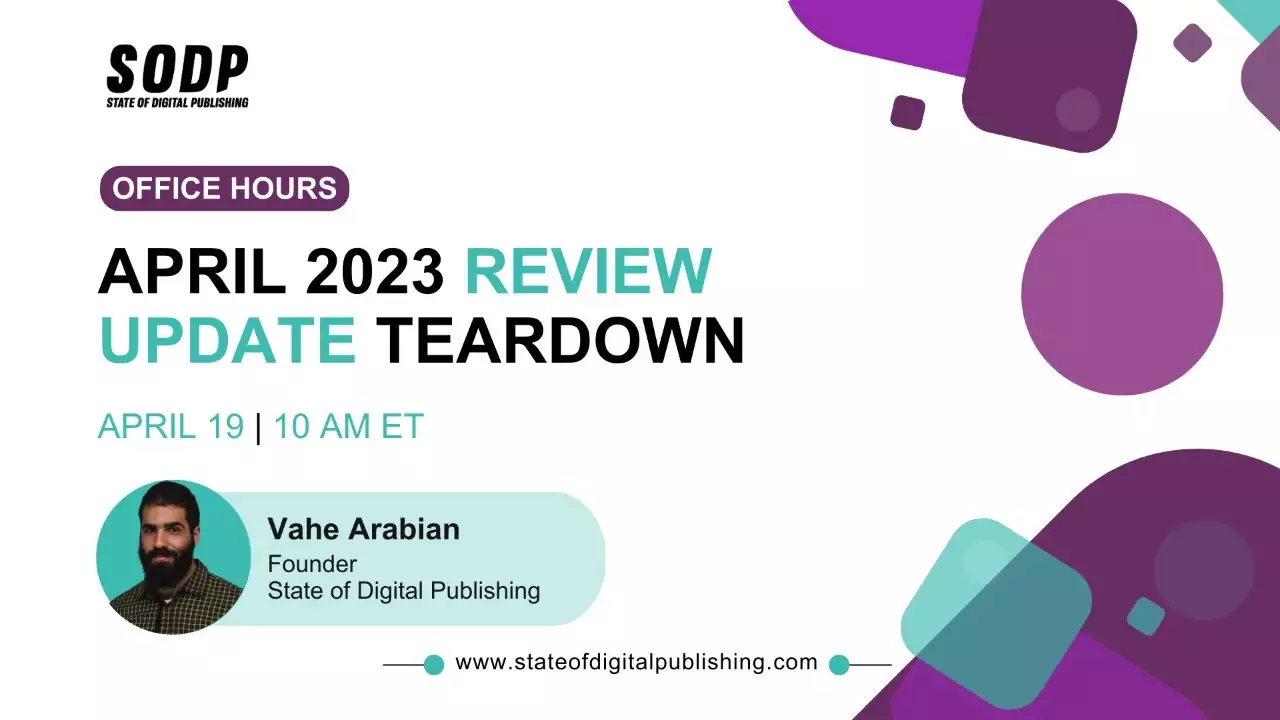In 2011, the Knight-Mozilla Foundation launched one of the world’s first partnerships to support open-source innovation in journalism, making the case that free-to-use tech for the news industry was one of the best ways to strengthen a struggling industry.
On paper, these synergies make sense. Journalism and open source software share many traits, with actors in both disciplines historically motivated less by proprietary, profit-driven control, and more by a communal interest in the greater good. But despite the commonalities and early adopters, many in journalism still hold on to the erroneous belief that in-house or commercial solutions are the best ways to solve technological challenges.
To overcome this outdated thinking – and help newsrooms work better for less money – journalism needs an open-source revolution. Here are five reasons why:
1. Code your own destiny
Open-source software gives newsroom leaders complete control over their digital presence. Most proprietary tools require conformity; open-source software guarantees flexibility. Moreover, open-source tools give news organizations the ability to tackle complex challenges without sacrificing on performance. And because most open-source software can be easily integrated into legacy systems, the switch to an open-source solution can be phased.
2. Collaborate remotely
In March 2020, when the coronavirus pandemic abruptly forced businesses around the world to send their people home and into quarantine, news organizations had to adapt on the fly. Open-source tools facilitated this transition. At NTB, the Norwegian news agency, reporters, and editors were able to keep up their pre-pandemic news volume in part because their content management system, a headless CMS called Superdesk, is web-based, secure, and accessible from anywhere with an internet connection.
With Superdesk, “we’ve had no major technical problems so far during this extended period of working remotely,” said Magnus Aabech, an editor in NTB’s technology and development department. In fact, NTB actually produced 4% more pieces of content – 3,675 – during the last two weeks of March than during the same period in January.
Open-source software can also facilitate editorial collaborations with other partner news organisations; Source, operated by OpenNews.org, has a full list of useful collaborative open-source tools.
3. Work faster, build better
Users of open-source software benefit when development resources are pooled, which is particularly important for cash-strapped news organizations. For instance, when one user creates a solution that improves efficiency, everyone else using the software can take advantage by building it into their own processes.
This is the rationale for the Superdesk Wire Club, a global consortium of national news agencies partnering with Prague-based software company Sourcefabric, to co-develop the Superdesk newsroom CMS. As the Wire Club’s organizer told Journalism.co.uk last year, “When news organizations work together to improve technological efficiency and share development costs, the entire industry benefits.”
4. Lower costs
Because open-source software is free to download and use, there are no licensing fees, annual payments that can run into the millions. Open-source software gives newsrooms the ability to innovate and customize operations, and to keep overhead low with no fees and shared development opportunities.
5. Protect freedom of ideas and information
Just like journalists, open-source software evangelists tend to be protectors of free speech. The internet was created to be a place for the free exchange of ideas and information. Therefore, by investing in open-source software, news organizations support the principles and values on which the internet was built.
Do more, with more
While open-source software developers may lack the marketing budgets of commercial firms, their tools are often just as powerful, or even more so. With news organizations everywhere facing the dual challenge of fewer resources and pressure to innovate, newsroom leaders must find ways to create enticing, relevant content, and do so with less. Open-source software is a natural solution.









